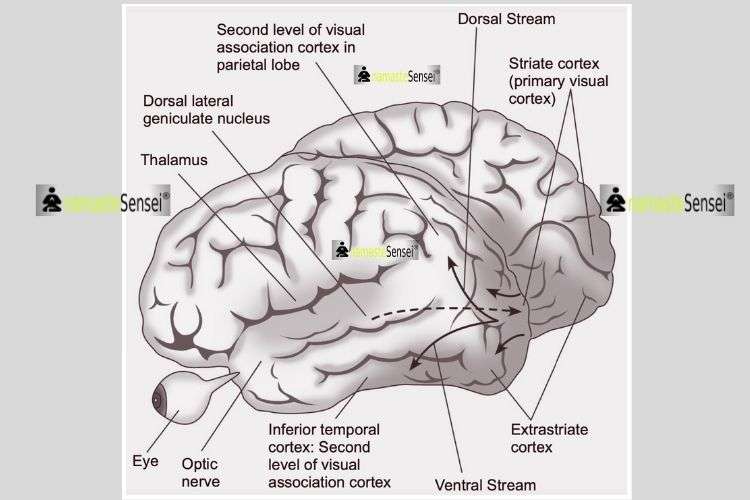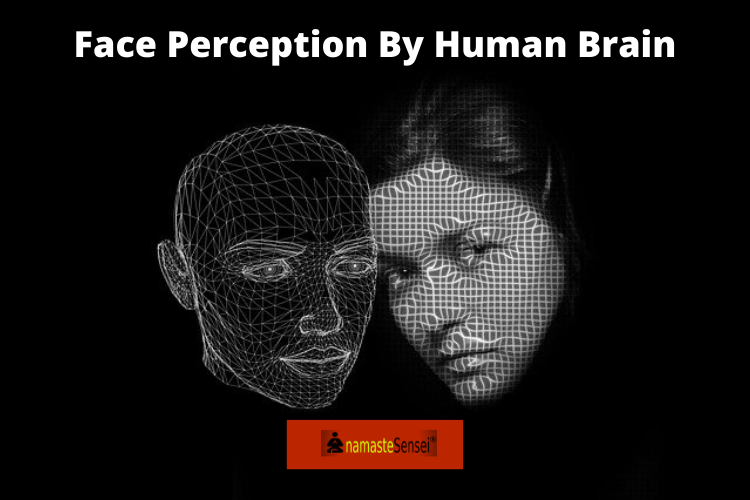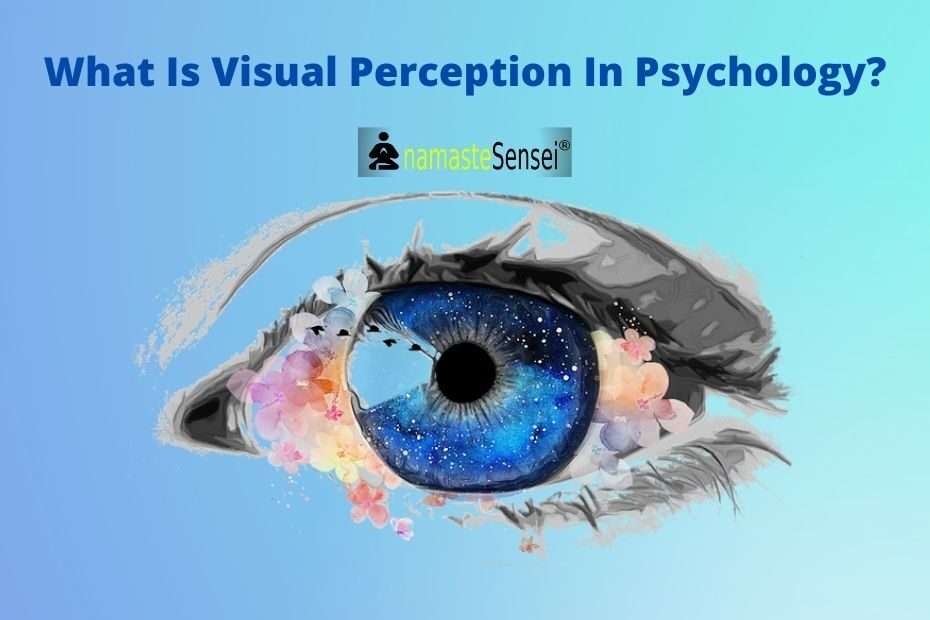Advertisements
What is visual Perception in psychology and how visual information is processed in our brain?

Visual Perception In Psychology
- Visual perception in psychology is the concept that will help to understand how the human brain processes information visually. As humans, we are largely visual creatures, and this means that when we look around us, we can readily recognize that there are vast numbers of objects, can tell where they are in space, and use this information to react to them (e.g., pick them up or get out of their way!).
- How do we do this so fast and effortlessly? Parallel processing provides part of the answer. It seems that from the level of our eyes up, we have cells specialized for performing different functions—for examining different aspects of the visual world.
For example, various cells (or modules) respond to new objects we have not previously seen rather than to ones with which we are very familiar. Perhaps even more surprising, we seem to possess different systems for replying to what an object is and for determining where it is and how we can deal with it (reach for or touch it). - Research findings indicate that visual information from our eyes arrives at the extrastriate cortex and from there divides into two separate streams. One stream (ventral) carries information downward to part of the temporal lobe; such information is concerned with where an object is or how we can react to it physically. The other stream (dorsal) moves upward to areas in the parietal lobe; such information is concerned primarily with identifying what the object is (refer to image above). Because both types of processing occur at once (in parallel) we can analyze visual information and respond to the information received very quickly.
Face Perception By human Brain

Advertisements
- A study by Haxby and his colleagues (1994) provides clear evidence for this difference. Participants were shown either a human face or a random pattern, and then a second face or pattern. In a form discrimination task, they had to indicate whether the second stimulus was the same as the first they had seen.
- In a location task, they had to indicate whether the second stimulus was shown in the same place as the first (the location could vary). PET scans of participants’ brains indicated that activity in the extrastriate cortex increased for both tasks, but the discrimination task increased activity in the ventral stream (refer to above image), while the location task increased activity in the dorsal stream (refer to above image). Under normal conditions, processing occurs in both streams simultaneously—thus enabling us to recognize and react to different faces or objects very quickly.
Example
- Suppose, for instance, that someone throws something at you and shouts “Catch!” You have only a split second to identify the object and react; yet the chances are good that you will reach out your hand if it is something safe and acceptable (e.g., a tennis ball) but will jump out of the way if it is something less desirable—a sharp object or a messy one. Your ability to do this is a good illustration of the advantages of parallel processing; such processing allows us to recognize objects, their location in space, their movement, and other features with amazing speed.
You can read more about Haxby and his colleagues (1994) study in this linked article.
Recommended Read – DISTRIBUTED HUMAN NEURAL SYSTEM FOR FACE PERCEPTION
More Articles
| How To Convince Someone To Do Something? | Difference Between Human Brain And Computer |
Any topic you want us to cover. Let us know.
Advertisements
